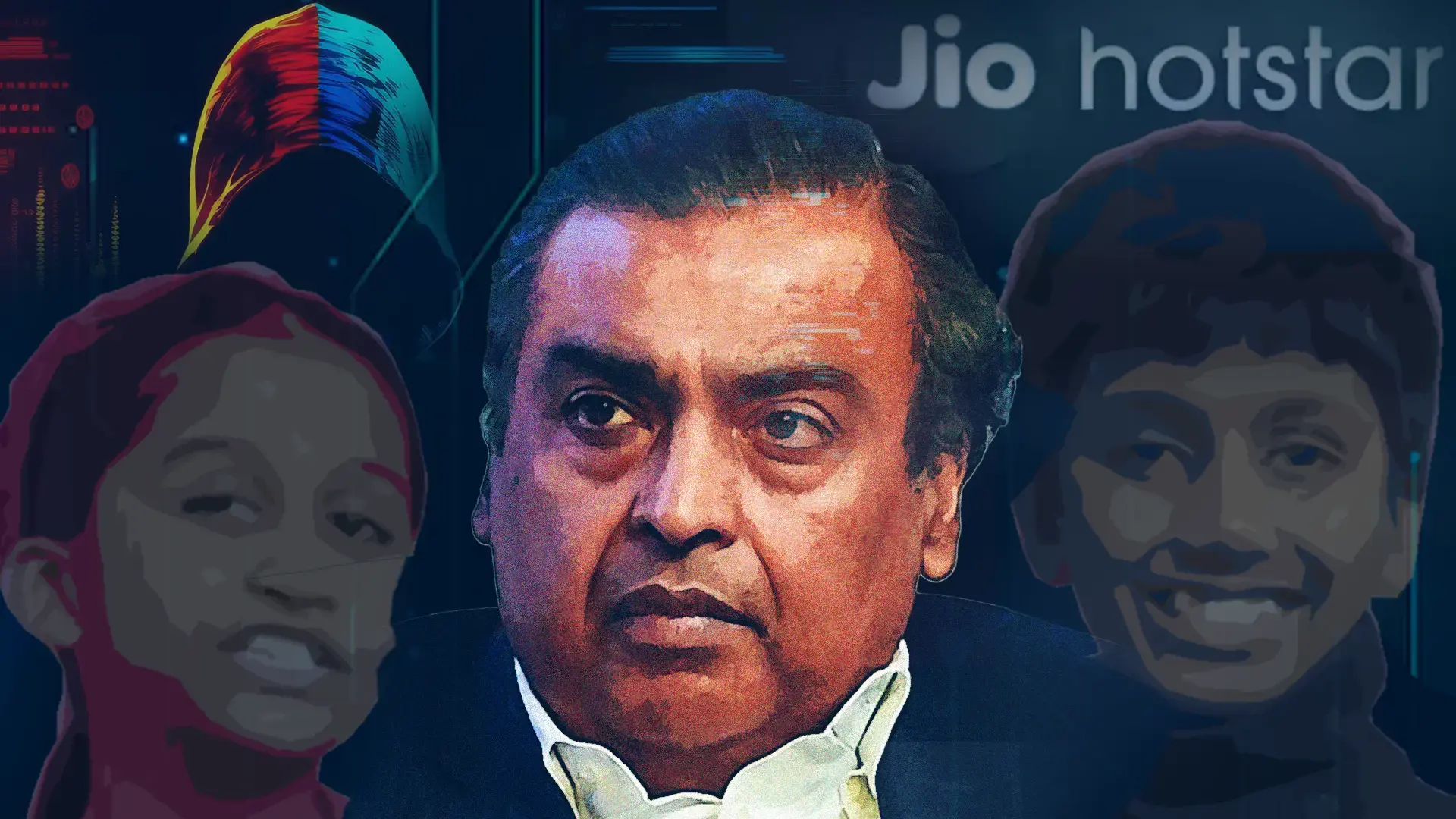Blog Content Overview
SaaS or Software-as-a-Service is a software distribution model in which a third-party provider hosts applications centrally and licenses them to customers over the internet on a subscription basis. It is one of the three main categories of cloud computing-based services, alongside Infrastructure-as-a-Service (IaaS) and Platform-as-a-Service (PaaS).
Pros and Cons of SaaS
SaaS has turned out to be quite helpful to organizations in terms of flexibility and cost-effectiveness, enabling businesses to provide efficient software-based services to large customer bases, using the widespread and ubiquitous availability of the cloud. However, recent stories around hacking and data leaks have shed light on the vulnerability of centrally and cloud-hosted software systems. In this regard, it is essential for SaaS-based startups and businesses to have well-drafted agreements, like a SaaS contract or software-as-a-service agreement, as well as strong technical and procedural security safeguards, to protect legal responsibility and safeguard the distribution and subscription licensing of the offering.
B2B vs B2C
B2B SaaS companies offer cloud business management solutions (products and services) to other companies and businesses, while B2C SaaS businesses sell products and services to consumers directly. Both B2B and B2C are subscription-based and track customer acquisition cost, churn rate, and user lifetime value metrics. However, their marketing strategies and approaches are different.
The Importance of a SaaS Agreement
A SaaS agreement, also known as a software-as-a-service agreement, sets out the provision and delivery of software services to customers through the internet, eliminating the hassle around conventional software licensing models. SaaS agreements are serious undertakings that require careful consideration. Once properly drafted, a SaaS agreement eliminates the hassle around conventional software licensing models. The terms in a SaaS agreement can be renewed when the subscription period expires. A properly drafted SaaS agreement is crucial to prevent disputes from arising.
Essentials of Every SaaS Agreement
Here are the essential elements that every SaaS agreement should include:
- Subscription and grant of rights, services, and functionality: Specify the type of service that you render to the client under the agreement, as well as ensure access to the software provided to users, subject to conditions, on a case-to-case basis.
- Data Protection: Include a clause that highlights the protection of data that will be transmitted to the providers and how they will further process that data.
- Intellectual Property (IP) Rights: Outline the intellectual properties of all parties involved in the SaaS agreement.
- Confidentiality Clause: Safeguard confidential and proprietary information that will be shared between the parties.
- Indemnities: Parties involved in an agreement may suffer certain losses and/or damages for which they shall stand liable and indemnify the other party for all losses, including costs that will be incurred during the course of legal suits.
- Disclaimer: Include a disclaimer specifying what will not hold the provider liable.
- Limitation of Liabilities: Limit liabilities of the provider under the SaaS agreement.
- Representations and Warranties: Include the representations and warranties of both parties in the SaaS agreement. Since the provider will usually be the data processor and the user is the data controller, both parties should have certain warranties set out in the agreement
- Terms of Service: Set out the term based on the subscription that the user has subscribed for.
- Force Majeure: This clause will include the course of action at the time of extreme events that can be termed as ‘act of god’ – including hurricanes, tornadoes, floods, etc.
- Service Level Agreements (SLA): A SaaS agreement should always include an SLA that covers the provisions of technical and support services, including availability and penalties.
SaaS vs EULA
While a SaaS provides the provision and delivery of software services to customers through the internet, an End User License Agreement (EULA) licenses the end user to use the software in a limited manner. Under SaaS applications, users do not get a copy of the software. SaaS is usually hosted and accessed through the internet, similar to other commonly-used subscriptions availed by consumers for media, gaming, and more. A well-drafted SaaS example can provide more clarity and help in avoiding legal disputes.
| SaaS | EULA | |
| Full Form | Software-as-a-Service | End User License Agreement |
| Ownership | Vendor offers the software and users access it on the internet on a subscription basis. Ownership of software is not transferred to the user | Software is purchased by the end user. Users have all rights – including copyrights. The user can make copies of the software for personal use |
| Termination of Usage | User’s right to the software ends upon termination of the SaaS agreement | User owns the software and has the grant of copying, downloading and installing it but is not allowed to resell it |
| Licensing/Access | The customer is usually granted an access to use the software | The customer is provided with the licensing of the product/software |
FAQs about SaaS Agreements
Q: What is included in a SaaS agreement?
A: A SaaS (Software as a Service) agreement typically includes terms and conditions related to the usage, access, and hosting of software applications provided via the internet. Key provisions that may be included are payment terms, data privacy and security, intellectual property rights, warranty, indemnification, termination, and liability limitations.
Q: Why use a SaaS agreement?
A: A SaaS agreement is used to establish a legal relationship between the provider and the customer for the use of software programs provided as a service. It sets out the terms and conditions of use to protect the rights of both parties.
Q: What is the difference between a license agreement and a SaaS agreement?
A: A license agreement typically refers to an agreement for the use of software installed on a specific computer or server, while a SaaS agreement governs access to software that is hosted on the internet and accessed via a web browser.
Q: What is the IP clause in the SaaS agreement?
A: The IP (intellectual property) clause in a SaaS agreement addresses ownership and licensing rights related to the software and its components. It defines what proprietary material is considered to be part of the software, how the provider can utilize the software, and how the user can transfer or sublicense the software.
Q: What is the difference between a SaaS agreement and EULA?
A: A EULA (End User License Agreement) is a legal agreement between the software provider and the end-user that governs the use of software, while a SaaS agreement is a legal document that sets out the terms and conditions for the use of software hosted on the internet and accessed via a web browser.
Q: What is a SaaS agreement?
A: An SaaS agreement is a legal contract between a software provider and a customer that outlines the terms and conditions of usage and support of the provider’s software as a service.
Q: What is a SaaS reseller agreement?
A: A SaaS reseller agreement is a legal contract between the software provider and a reseller that outlines the terms and conditions of reselling the provider’s software as a service. It sets out the relationship between the provider, the reseller, and the end-user customers.
Q: How are SaaS contracts structured?
A: SaaS contracts are typically structured to include different levels of service, pricing, payment terms, constraints on usage, data privacy, warranties, and disclaimers. They may also include provisions for technical support, customization, upgrades, and the termination of the agreement. To ensure compliance with applicable legal requirements and best practices, it is important that SaaS contracts are drafted and reviewed by experienced legal professionals.
We Are Problem Solvers. And Take Accountability.
Related Posts


“JioHotstar” – An enterprising case of Cybersquatting
Blog Content Overview1 Introduction2 Timeline3 Legal Backdrop: Intellectual Property Rights4…
Learn More

Treelife featured and authored a chapter in a report, “Funds in GIFT City- Scaling New Heights” by Eleveight
Related posts: Government Policies Lead Indian Startups to Thrive Demystifying…
Learn More

Blinkit 2.0: Can Zomato’s Juggernaut Fight Off Quick Commerce Rivals?
Related posts: Government Policies Lead Indian Startups to Thrive Demystifying…
Learn More









